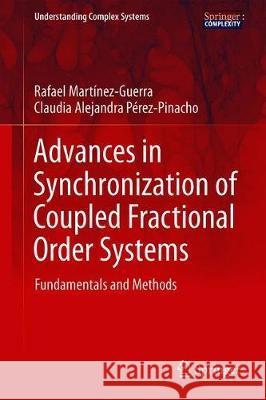Advances in Synchronization of Coupled Fractional Order Systems: Fundamentals and Methods » książka
topmenu
Advances in Synchronization of Coupled Fractional Order Systems: Fundamentals and Methods
ISBN-13: 9783319939452 / Angielski / Twarda / 2018 / 185 str.
Advances in Synchronization of Coupled Fractional Order Systems: Fundamentals and Methods
ISBN-13: 9783319939452 / Angielski / Twarda / 2018 / 185 str.
cena 201,72
(netto: 192,11 VAT: 5%)
Najniższa cena z 30 dni: 192,74
(netto: 192,11 VAT: 5%)
Najniższa cena z 30 dni: 192,74
Termin realizacji zamówienia:
ok. 22 dni roboczych
Dostawa w 2026 r.
ok. 22 dni roboczych
Dostawa w 2026 r.
Darmowa dostawa!
Kategorie BISAC:
Wydawca:
Springer
Seria wydawnicza:
Język:
Angielski
ISBN-13:
9783319939452
Rok wydania:
2018
Wydanie:
2018
Ilość stron:
185
Waga:
0.46 kg
Wymiary:
23.39 x 15.6 x 1.27
Oprawa:
Twarda
Wolumenów:
01
Dodatkowe informacje:
Wydanie ilustrowane











